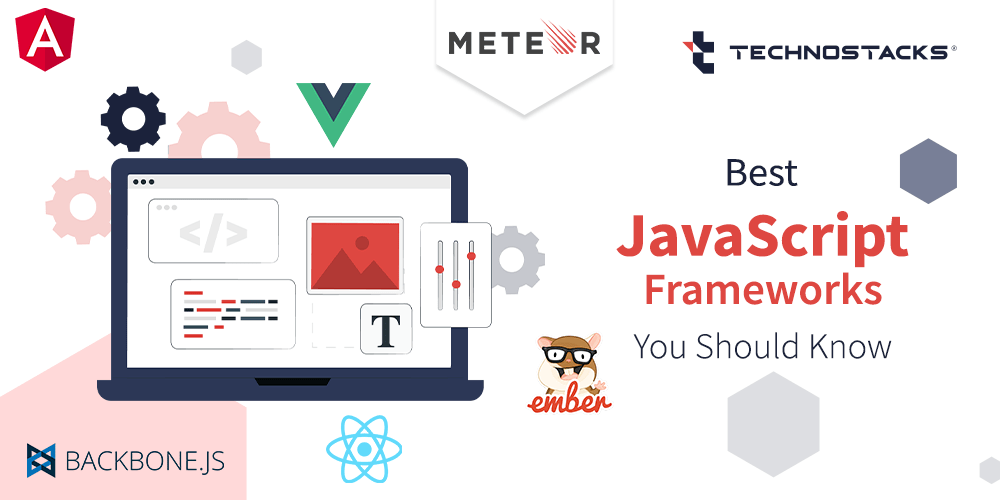Insightful Perspectives
Explore a world of engaging news and informative articles.
JavaScript Frameworks: The Battle of the Titans
Unleash the power of JavaScript frameworks! Discover who reigns supreme in the epic battle of the titans and boost your web development skills!
Framework Showdown: Comparing React, Angular, and Vue
Choosing the right framework for web development can be a daunting task, especially with popular options like React, Angular, and Vue. Each framework has its own unique strengths and weaknesses that cater to different project needs. For instance, React is renowned for its flexibility and component-based architecture, making it a preferred choice for single-page applications (SPAs). In contrast, Angular offers a full-fledged solution with a robust set of features out of the box, such as dependency injection and comprehensive tooling. Lastly, Vue strikes a balance between the two, offering an approachable design for beginners while still providing advanced capabilities for seasoned developers.
To simplify the comparison, here's a brief overview of key aspects of each framework:
- React: Ideal for creating interactive UIs, supported by a strong community and ecosystem.
- Angular: Best for large-scale applications due to its opinionated structure and built-in state management.
- Vue: Versatile and easy to integrate into existing projects, making it a favorite among developers wanting flexibility.
Ultimately, the choice between React, Angular, and Vue will depend on your specific project goals, team expertise, and long-term maintenance considerations.

How to Choose the Right JavaScript Framework for Your Project?
Choosing the right JavaScript framework for your project is crucial to ensure that your development process is efficient and your application performs optimally. Start by assessing your project's requirements, such as its scale, complexity, and the specific features you need. For example, if you're building a large-scale application that requires dynamic user interfaces, frameworks like React or Angular may be more suitable. Moreover, consider the learning curve and the existing expertise of your development team; selecting a familiar framework can greatly expedite the development process.
Next, evaluate the community support and ecosystem surrounding the framework. A framework backed by a strong community will offer more resources, libraries, and tools, making it easier to find solutions to problems as they arise. Check for:
- Active forums and discussion boards
- Regular updates and maintenance
- Comprehensive documentation
By ensuring that a JavaScript framework has robust community support, you'll be better positioned to tackle challenges and leverage existing solutions, ultimately leading to a successful project outcome.
The Evolution of JavaScript Frameworks: A Historical Overview
The journey of JavaScript frameworks began in the mid-1990s, alongside the rise of the internet. Initially, JavaScript was utilized primarily for simple client-side scripts, but as web applications grew in complexity, the demand for more structured programming approaches became evident. In 2006, jQuery burst onto the scene, simplifying DOM manipulation and event handling, allowing developers to create responsive user interfaces with ease. This marked a significant leap in accessibility for web development, catalyzing the creation of more sophisticated frameworks.
As web applications continued to evolve, so did the frameworks. The introduction of AngularJS in 2009 revolutionized the way developers built single-page applications (SPAs) with its two-way data binding and dependency injection. This was followed by the emergence of React in 2013, which introduced a component-based architecture and a virtual DOM, allowing for improved performance and a more dynamic user experience. By the late 2010s, the landscape saw the rise of even more frameworks, such as Vue.js, which combined the best features of both Angular and React, further enriching the ecosystem and providing developers with a wide array of tools to choose from.